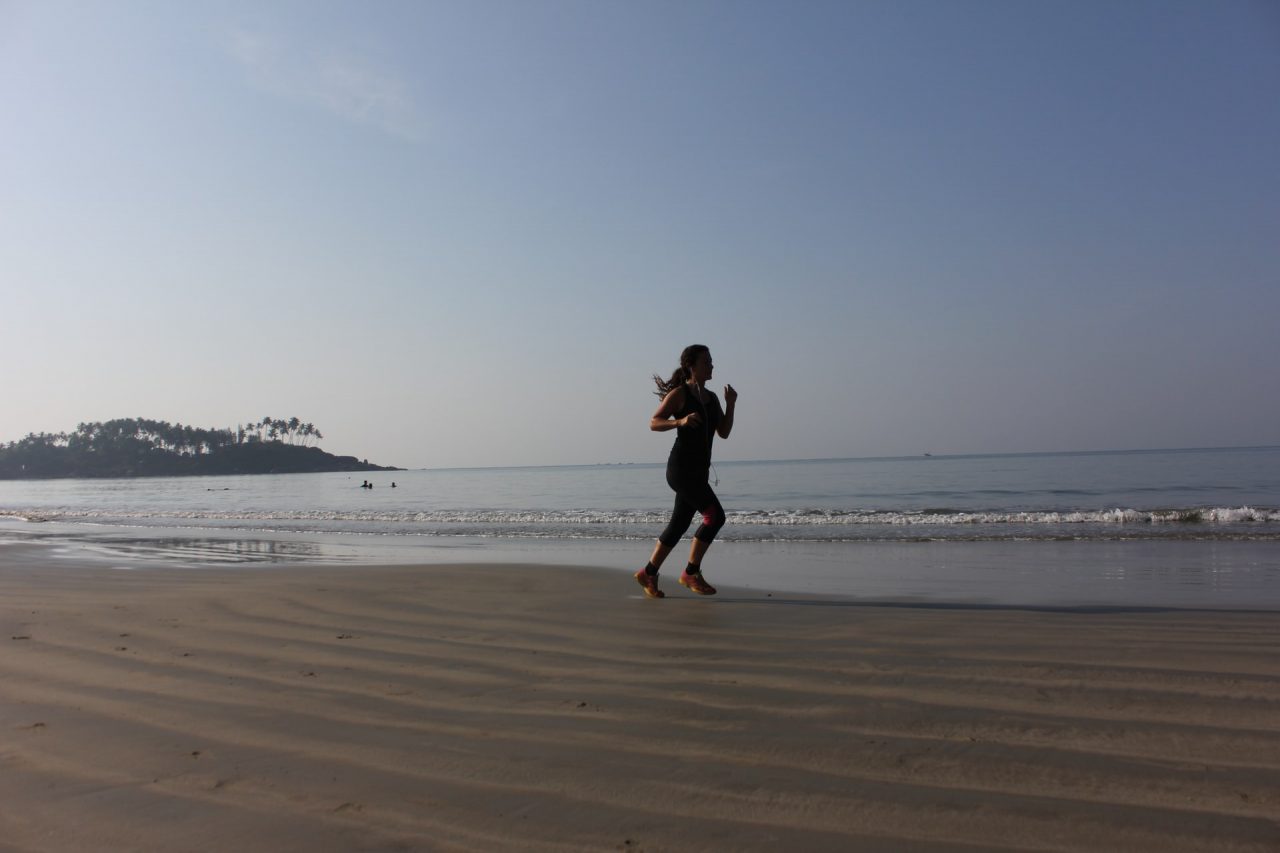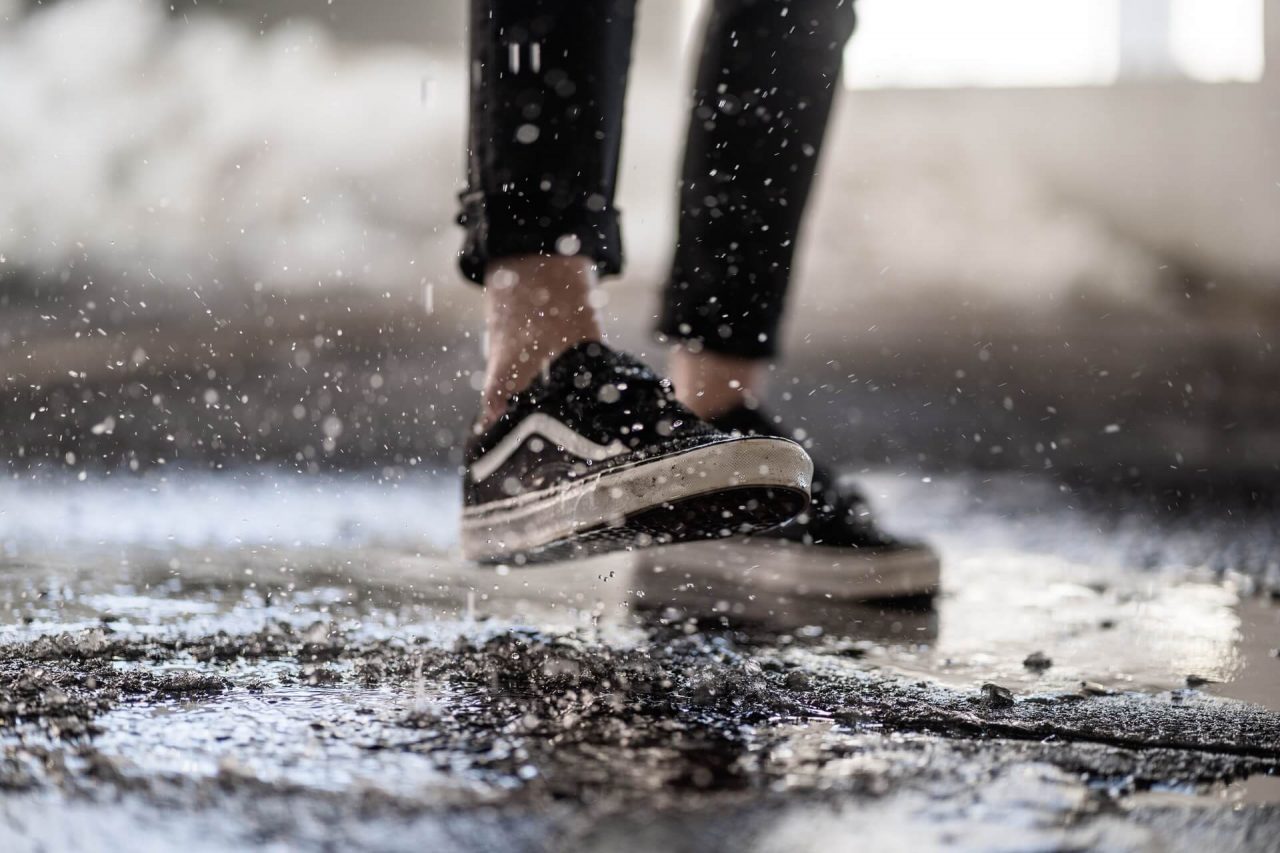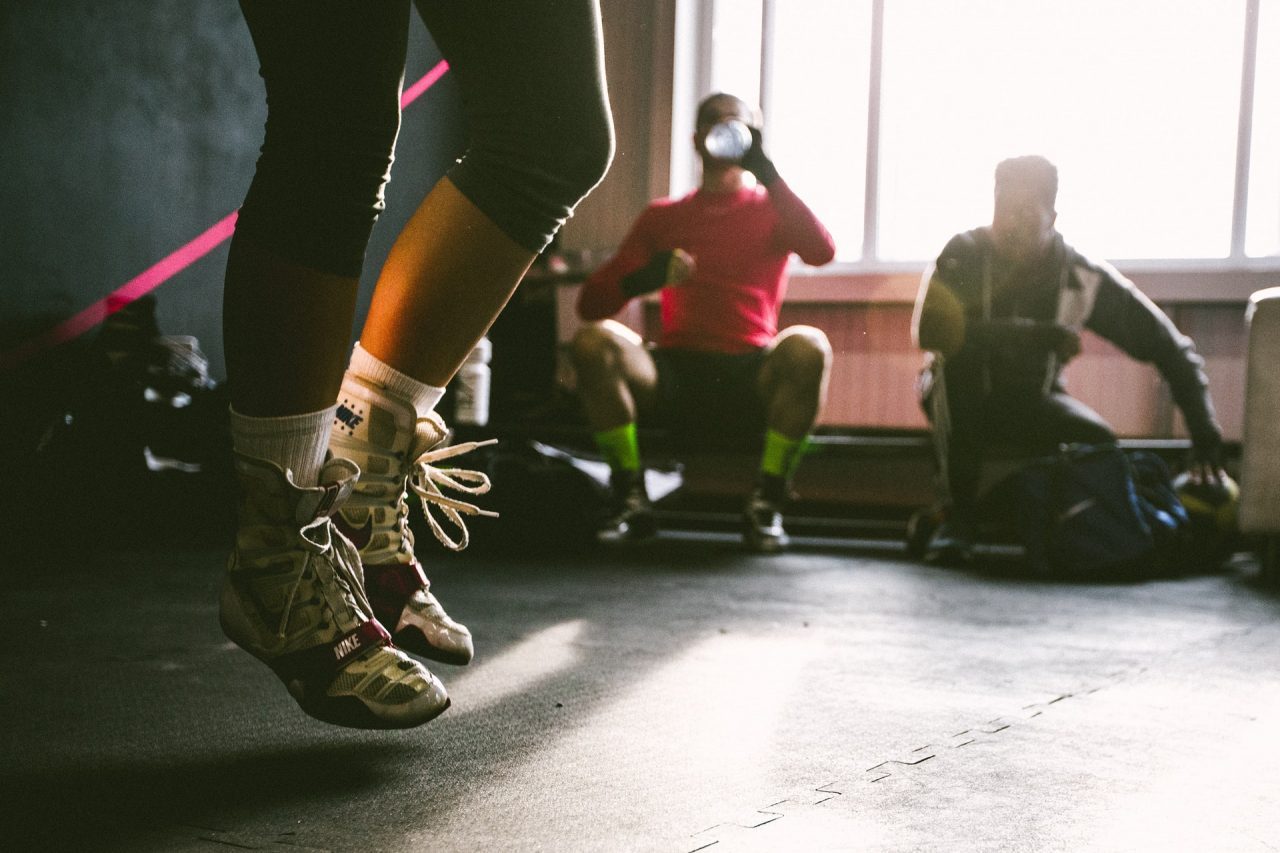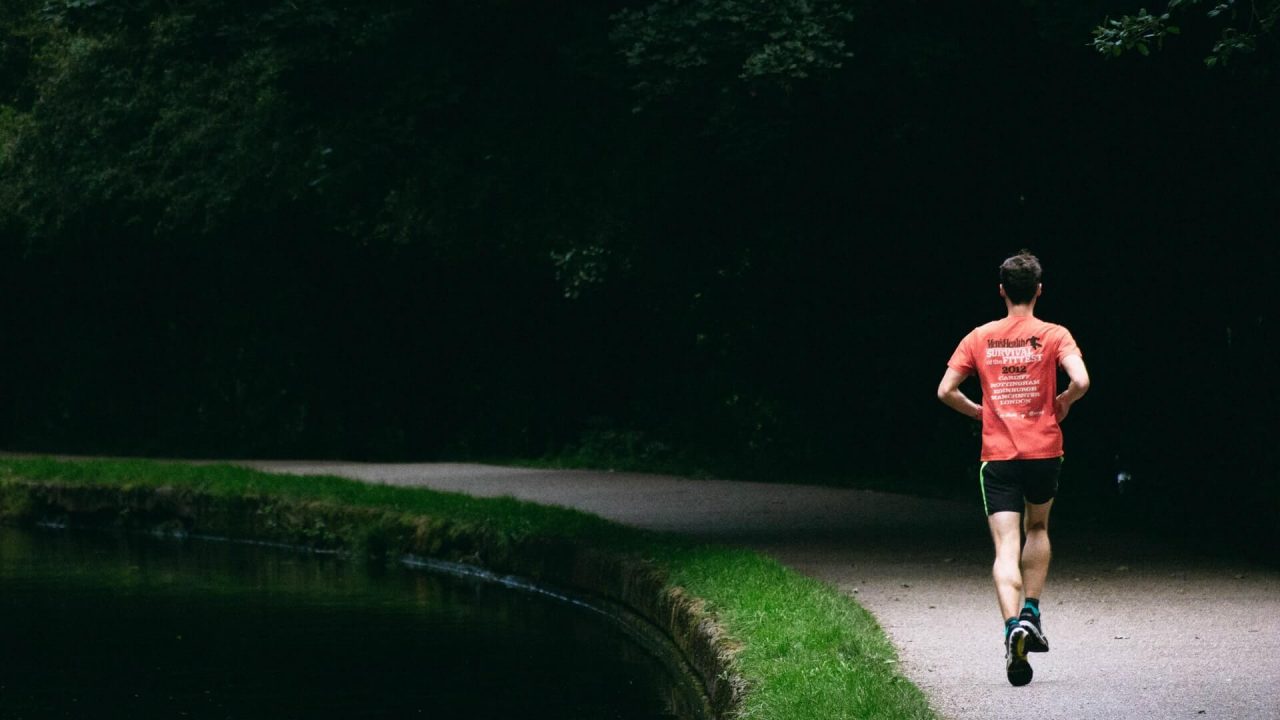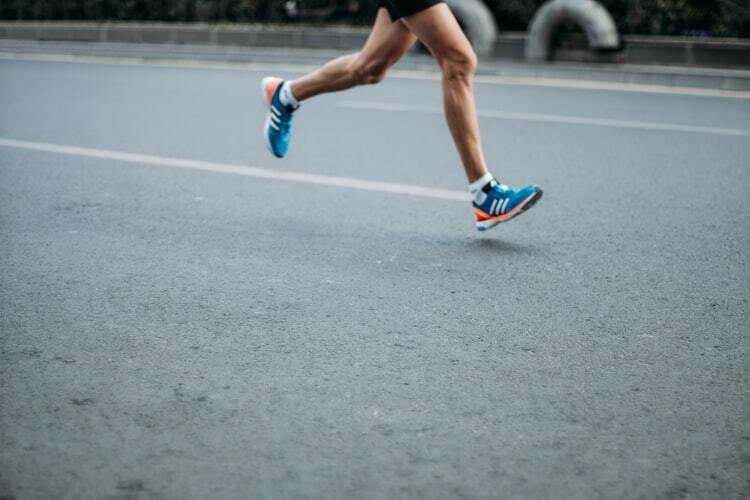Your best running companion, the most crucial running apparel of them all, running shoes are there for you through thick and thin, in mud and on asphalt. So it goes without saying that one ought to take good care of them, not only to have them looking sparkling clean but also to ensure that they last as long as possible and do their job properly.
Cleaning athletic shoes, in general, should be handled with care. These shoes are durable when it comes to running on hard surfaces like the roads and technical terrains like trails, but they are made of delicate materials that can be damaged by harsh chemicals and machines. Here is everything you need to know about cleaning running shoes, from how often to clean them and how to clean them, to how to ensure you don’t damage them in any way.
How Often Should I Clean My Running Shoes?
While running shoes do not necessarily need to be squeaky clean all the time, it is important to freshen them up every once in a while. Depending on the type of running shoes and the terrain you are running in, they can get dirty and dusty, which in turn will not allow proper ventilation of the shoe.
After a run, we recommend removing the insoles of your shoes and letting them air out completely. If your feet were sweating a lot throughout the run, leave your shoes to dry in a ventilated environment.
If your shoes are muddy and dirty after a run, it is advisable to clean them properly. The sooner you clean them, the easier it will be to get the mud and dirt off. Further, we have explained how to clean them properly.
How to Clean Your Running Shoes
You don’t need a fancy running shoe cleaner to have them looking sparkling clean again. You can do it with things you find in your house and it’s pretty simple, too. Here is how to clean your shoes in five easy steps.
What you will need:
- A soft bristle brush or sponge
- Mild laundry detergent
- Warm water
- Dry washcloth
Step 1: Clean your shoes with a dry brush or sponge
Get a sponge or a dry brush with soft bristles; it can be a shoe brush or an old toothbrush, it doesn’t matter as long as it gets the job done. Start brushing away the dirt, grass, and mud on the outsole, midsole, and uppers of the running shoes.
Step 2: Remove the laces and insoles and wash them separately
Remove the shoelaces and clean with the brush first if they are muddy. Take out the insoles of the shoes, and together with the laces, place them inside a mesh laundry bag or a pillowcase and machine wash them at a cold temperature. This will ensure that there are no remaining odors on the insoles and the laces will clean properly.
Step 3: Make a cleaning solution
Since athletic shoes are made of materials that are too delicate to wash on the washing machine, we suggest you wash them by hand instead. To do this, you will need a gentle cleaning solution that won’t damage the material. To make the solution, mix together warm water and a small amount of mild liquid detergent. You will be using this to apply to the shoes during the next step .
Step 4: Scrub and rinse shoes with a warm washcloth
Grab the brush you used before and make sure it is clean of any remaining dirt. Then, apply the cleaning solution to the outsoles and midsoles of the shoes and start by gently scrubbing them. After you have scrubbed them, get a microfiber cloth or any dry washcloth to wipe the remaining solution and grime out of the shoes.
Step 5: Let shoes dry at room temperature
After cleaning them, let the shoes air dry at room temperature, in a place where the air circulates freely. To help dry them faster, you can stuff the shoes with old newspaper to help absorb moisture.
Things to Avoid
Sometimes you may be on a rush and need an easy fix to shoe cleaning, however, there are some things best avoided when it comes to running shoes:
Don’t machine wash shoes
Machine washing your running shoes can be tempting, we know. But, for the sake of preserving their function and longevity, we recommend to avoid washing this type of shoe in the washing machine since fully damping them in water can damage the shoe’s delicate fabric and its adhesives.
Don’t use harsh cleaning products
When it comes to cleaning running shoes, stay away from using bleach and harsh household cleaning solutions that are not meant for clothing. These harsh chemicals can damage the shoe’s outsole and materials, resulting in them not lasting as long.
Don’t use heat to dry shoes
Avoid drying your running shoes in excessive heat, since it can damage the synthetic materials of the shoe’s uppers. Drying the shoes in a dryer machine, on a baseboard heater, or leaving them in sunlight can warp the outer sole of the shoe and cause yellow stains. Instead, let them dry at room temperature.
Extra Tips For Preventing Shoe Odor
- After you run, make sure to store the shoes in a place where they can get a lot of air so the remaining foot sweat can dry in-between uses. Avoid storing them in a box or small closed storage.
- Unlace your shoes after using them in order to allow for more air circulation in the inner soles.
- Careful with your sock choice; avoid cotton and similar materials as they tend to soak and trap moisture. Opt instead for socks made of blends of synthetic fibers, which are sweat-wicking and more breathable. This can, in turn, help prevent shoe odor since it helps with proper air circulation.
- You can control the odor of your shoes by using baking soda. This pantry item found in almost any household helps with odor because it is a compound that neutralizes the acids that cause smell. Sprinkle a half or a tablespoon of baking soda on the insoles of the shoes and let it sit for a few hours or overnight. Then, shake off the excess baking soda and your shoes should be good to go.
Taking good care of your running shoes by cleaning them properly when needed ensures that you will keep them for much longer. By doing this, not only do you spare yourself financially by not having to buy new running shoes often, but you also contribute to making more sustainable choices when it comes to activewear. Of course, if you are an avid runner, they will have to be replaced at some point, but the longevity and performance of running shoes are greatly affected by how and how often you clean them.

